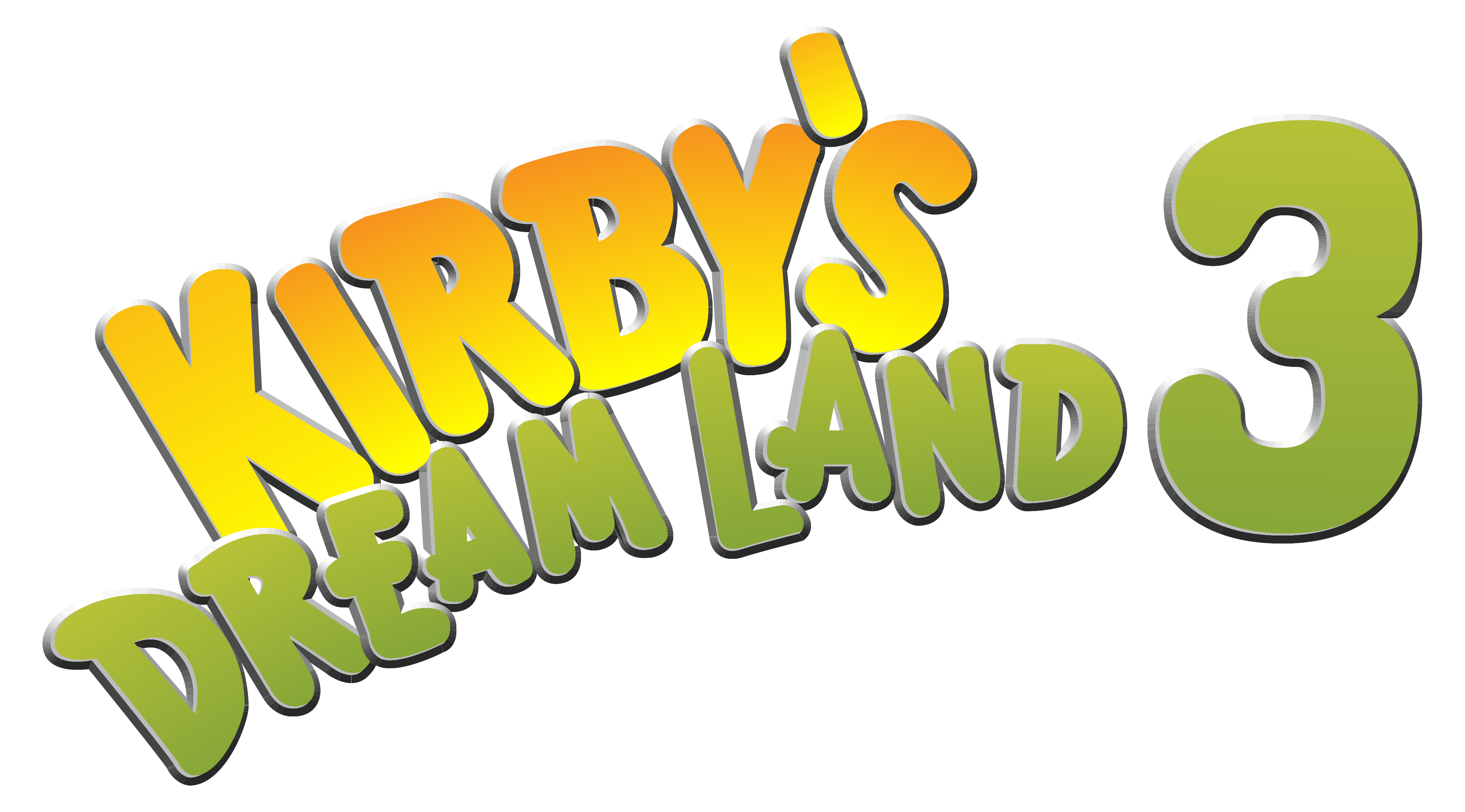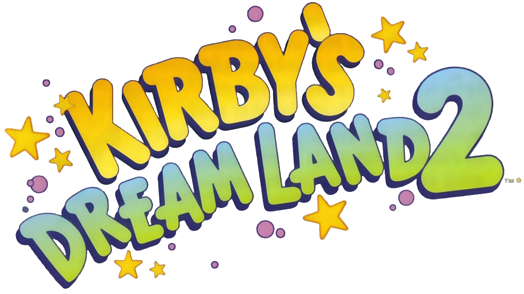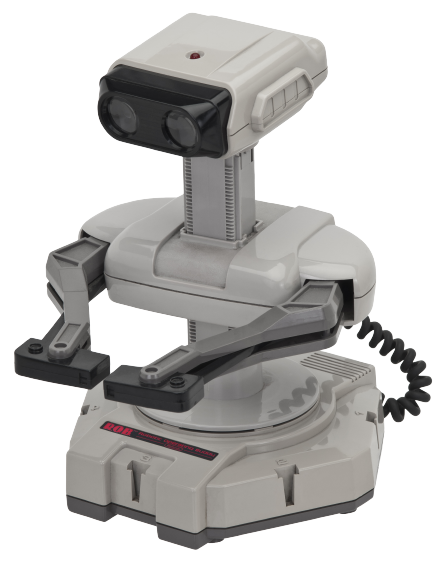The Nintendo Entertainment System (abbreviated to NES), also referred to as the Famicom (Family Computer) in Japan, family line is a series of home consoles that were produced by Nintendo. It was succeeded by the Super Nintendo Entertainment System.
The original Famicom design has a white and red color palette and sports a computer-like design. Designed by Japanese engineer Masayuki Uemura, his early plans for the Famicom wanted the console to be a completely functional computer with a working keyboard and floppy disc drive but was rejected for a cheaper and simpler alternative of a cartridge-based system, however he still stuck to a toy computer being the base inspiration for the console's design. He originally named the console "Family Computer," however his wife suggested to short it to "Famicom," but due to a copyright issue with a microwave of the shorten name, Nintendo used the name "Family Computer" until the end of the console's lifespan despite the microwave's corportion giving Nintendo the rights to the name in 1983 when the Famicom was first revealed.[1] The nickname was used unofficially by Japanese and English consumers and would become part the official name for its successor the Super Famicom.
Nintendo had its sights on a North American market for the Famicom, however due to the video game crash of 1983, US retailers wanted to avoid selling video game consoles on their shelves and thus had to undergo a redesign as to convince consumers that the system looked like more than just a video game console. After several redesigns, the sleek, gray and black-colored box-like console was finalized and launched in 1985. As to disassociate itself with video game terms, the console was advertised to have "Game Paks" for its cartridges and a "control deck" to describe the console; the system was not a video game but rather referred to as an entertainment system hence its new name, the "Nintendo Entertainment System."[2]
Variants[]
| Title | Image | Release Date | Summary | |
|---|---|---|---|---|

|

| |||
Family Computer 
|

|
Oct 18, 1985 | July 15, 1983 | The first iterations of the consoles. The NA version sports a different design. |
Nintendo Entertainment System 
| ||||
New Famicom 
|

|
Oct 15, 1993 | Dec 1, 1993 | Complete redesigns of the NES/Famicom. Both consoles' redesigns are cosmetically similar with a couple changes in features. |
New-Style NES (NES Control Deck) 
| ||||
Nintendo Classic Mini: Family Computer 
|

|
Nov 11, 2016 | Nov 10, 2016 | Hardware-upgraded versions of the original iterations. Both consoles receive 30 built-in games with 22 of them being shared between NA and JP; the other eight are exclusive to either of the consoles. Kirby's Adventure is shared between both regions. |
NES Classic Edition 
| ||||
Controller[]
The NES controller is a black and gray rectangularly-shaped device with a directional pad on its left, Select and Start buttons at its center, and red B and A buttons on its right. The Famicom version has the same button layout for its Player 1 controller albeit with a different color scheme. Its Player 2 controller replaces the middle buttons with a microphone and also sports a volume slider on its upper left. The New-Style version retains the same layout as the NES controller but with a new design, shape, and color scheme.
Many games on the NES are able to support multiplayer, however, no Kirby related game on the NES supports multiplayer, nor do any Kirby-related games use the Player 2 controller's microphone.
Games[]
Below is a list of every Kirby game released for the NES.
| Title | Box Art/Logo | Release Date 
|
|---|---|---|
| Kirby's Adventure | 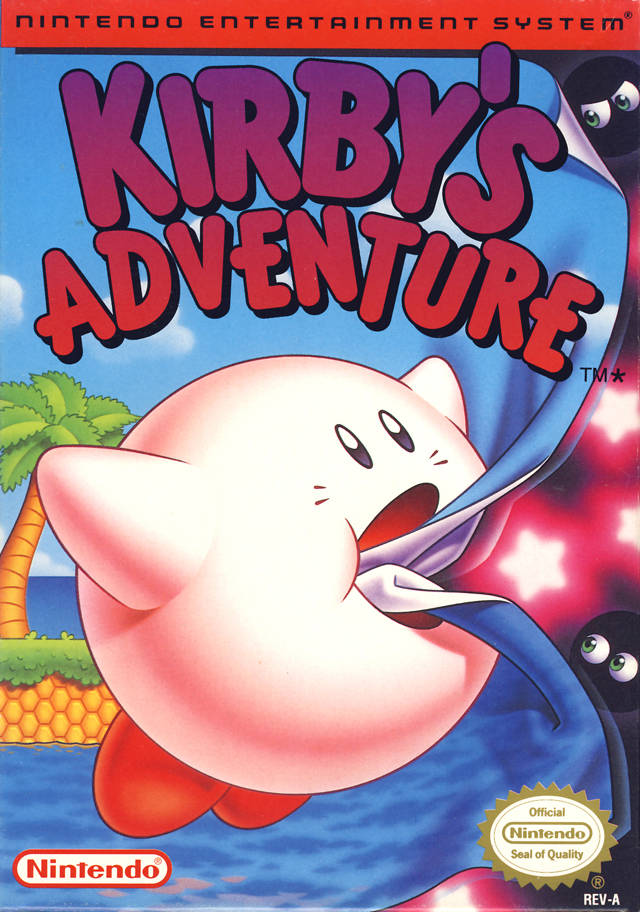
|
May 1, 1993 |
NES guest characters in Kirby series[]
Below is a list of characters who originated from the NES era who also made special guest appearances in the Kirby series, not including any Super Smash Bros. appearances.
| Title | Release Date | Character | Appeares In | Game Image |
|---|---|---|---|---|
| Stack Up and Gyromite | 1985 |  R.O.B. & Professor Hector |
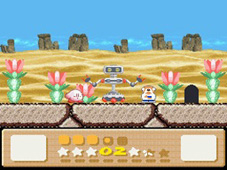
| |
| Metroid | Aug 6, 1986 | Samus |
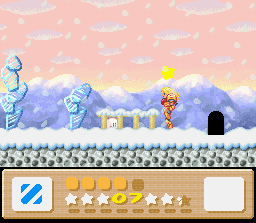
| |
| ふぁみこん昔話 新・鬼ヶ島 Famicom Mukashibanashi: Shin Onigashima |
Sept 1987 | 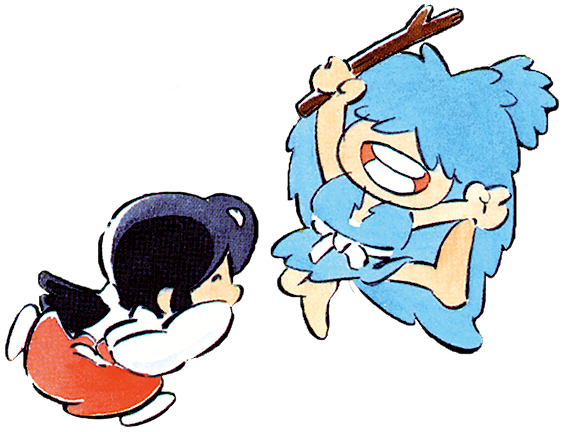 Donbe & Hikari |

| |
| ふぁみこんむかし話 遊遊記 Famicom Mukashibanashi: Yūyūki |
Oct 1987 | 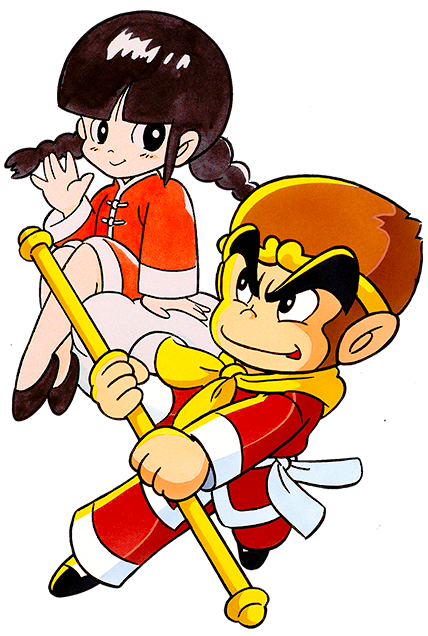 Chao & Goku |
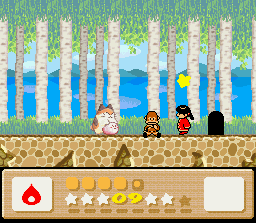
|
Related Accessories[]
Robotic Operating Buddy[]
The Robotic Operating Buddy, R.O.B. for short, was a large toy that was used to promote the NES. It was only used for two games: Gyromite and Stack Up. This toy, as well as the in-game character for the two aforementioned games, Dr. Hector, are the inspiration for their cameo appearance in Kirby's Dream Land 3. R.O.B. by himself would also appear as a playable character in the Super Smash Bros. series starting from Super Smash Bros. Brawl. Unlike his appearance in Kirby's Dream Land 3, R.O.B.'s design in the Super Smash Bros. series is more faithful to his original real-life toy design.
Wide Boy[]
The Wide Boy is a large accessory made only for the Famicom. Despite its exclusive release in Japan, it allows users to play Game Boy Game Paks from every region. A separate cable can be wired from a Game Boy to the Wide Boy to act as its own controller. When the Famicom's A and B buttons are pressed while a GB game is running with a GB also plugged in, the user can cycle through about 12 different color palettes for the screen.[3] With this device, players can play Kirby's Dream Land, Kirby's Pinball Land, Kirby's Dream Land 2, Kirby's Block Ball, and Kirby's Star Stacker with the Famicom. Wide Boys were also created for the Nintendo 64.
Trivia[]
- Various packaging for the New-Style NES and the Classic NES feature Kirby's Adventure on their box art, calling it one of the NES's most classic titles.
- The New-Style NES box's backside has the following blurb for Kirby's Adventure: "The dream springs has dried up, taking with it nightmare's haunt Dream Land. It's up to Kirby to return happy naps to its inhabitants. Kirby's new powers enable him to perform 20 new tricks!"
- While the NES Classic box art features the Kirby's Adventure logo on its front, it has no preview image on its backside; it is only mentioned on the list of included NES games on the box's lower right corner.
- All of the special guest characters seen in Kirby's Dream Land 3 all debut on the Famicoms Disk System with the exception of R.O.B. & Professor Hector. Samus also originally debuted on this device until her game Metroid was released as an NES Game Pak overseas.
- Kirby's History in Kirby's Dream Collection Special Edition uses art of the NES in the NA version of the game whereas it uses a Famicom in the JP version. This is also true for the SNES and the Super Famicom.





